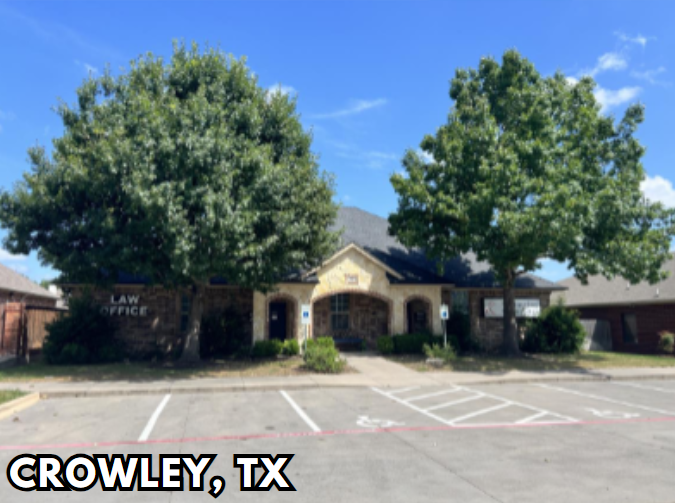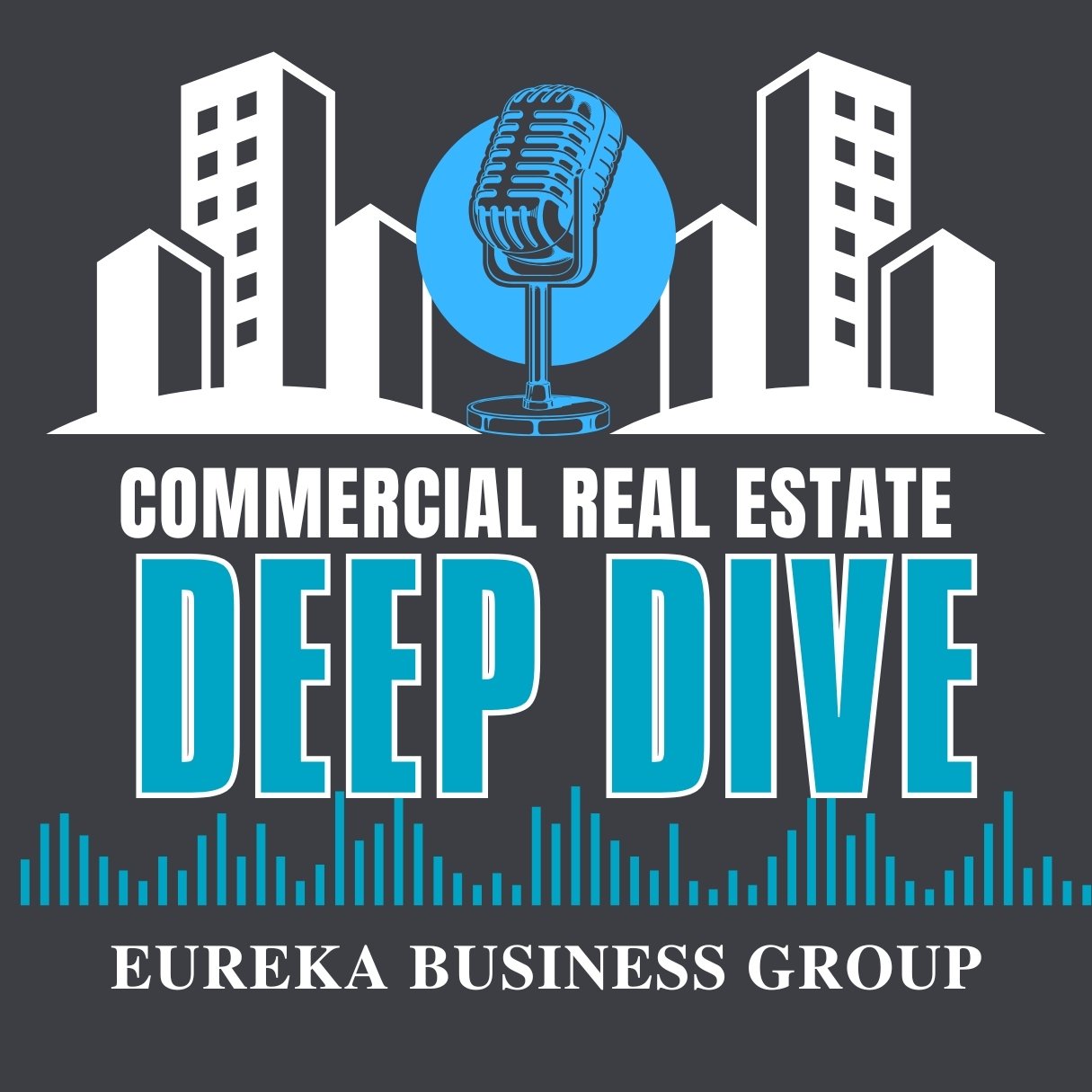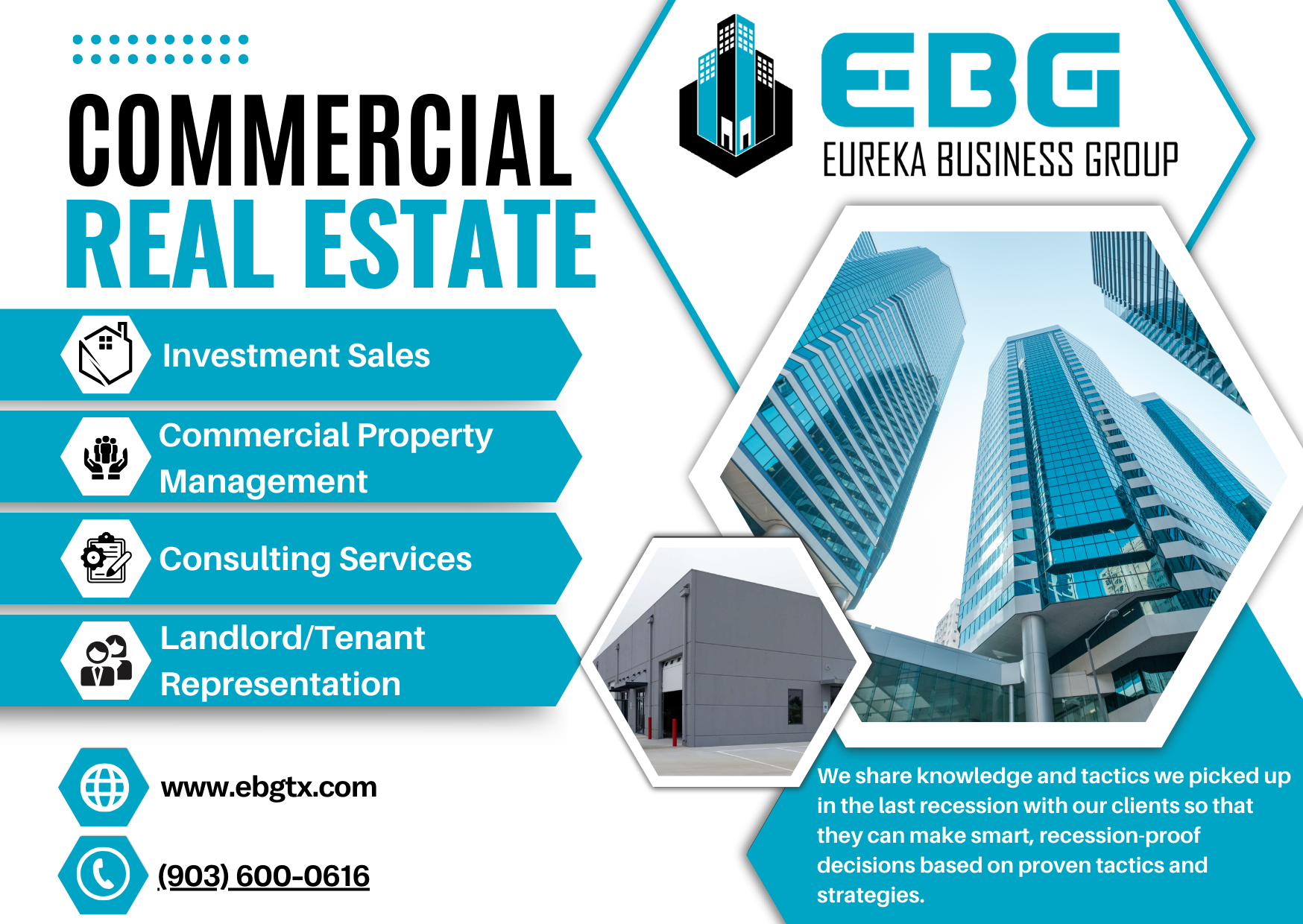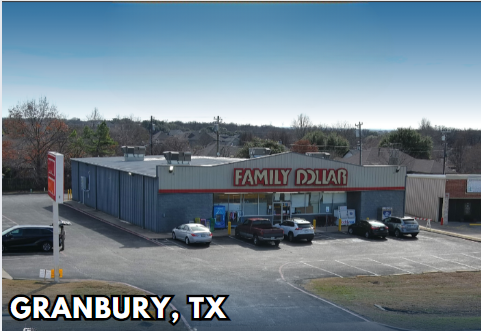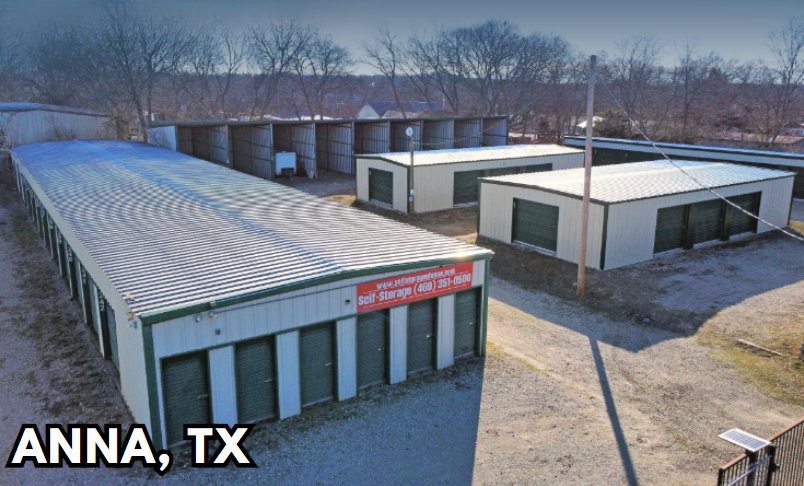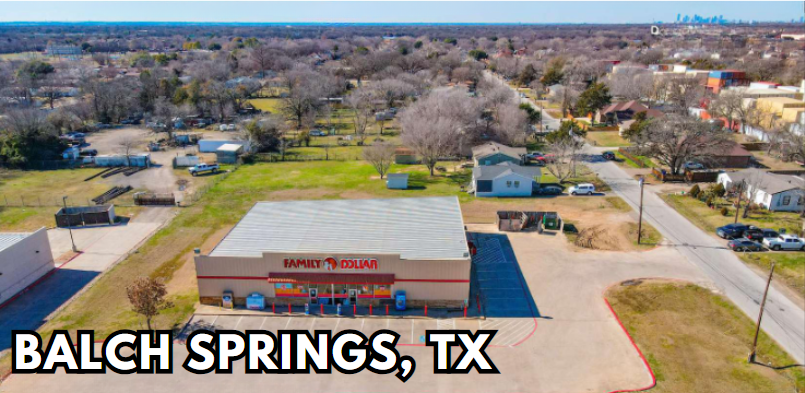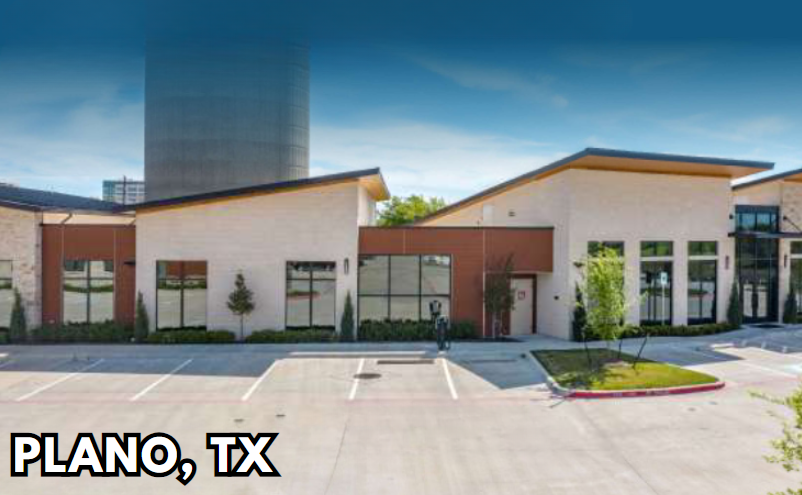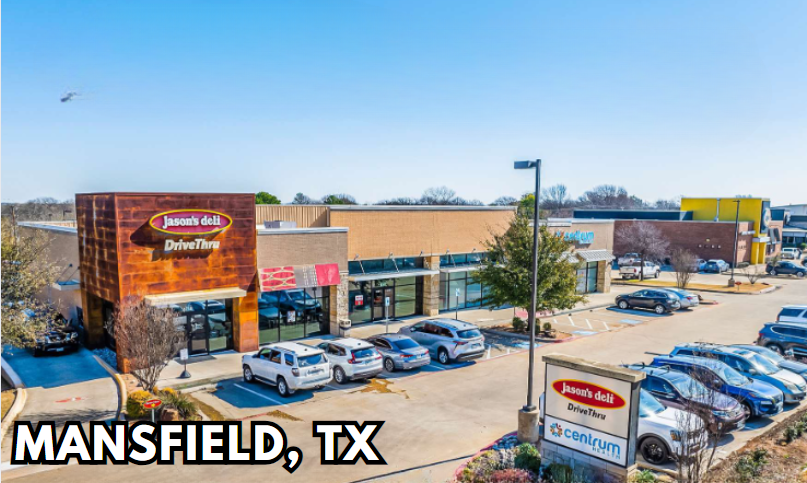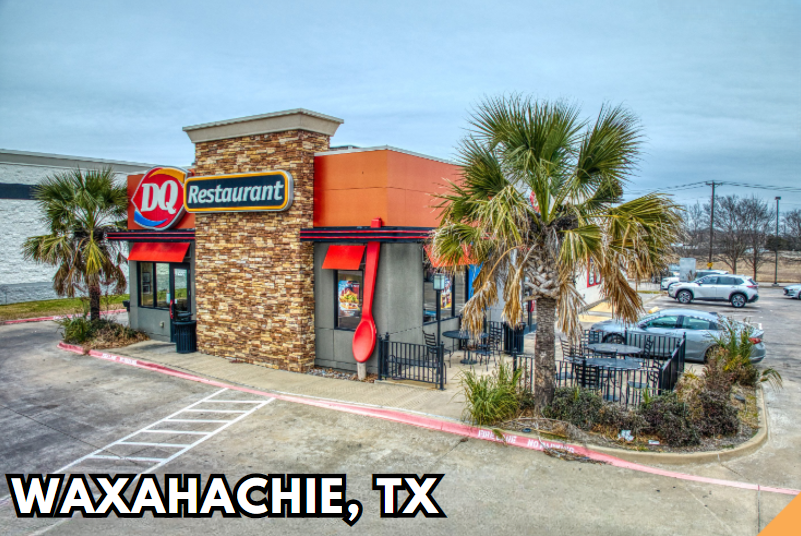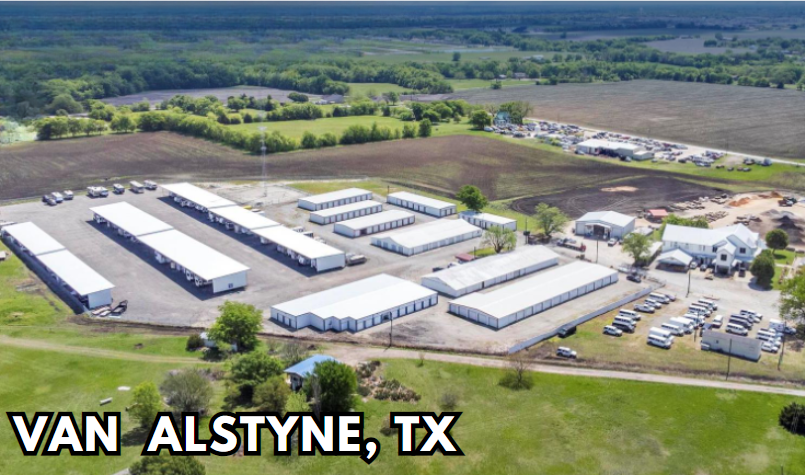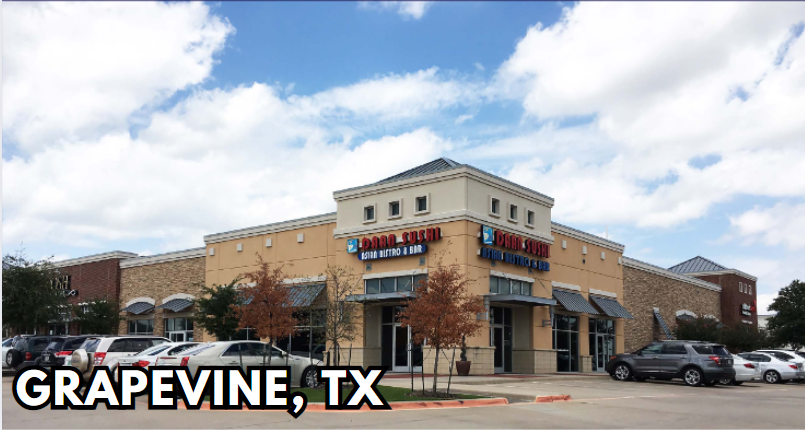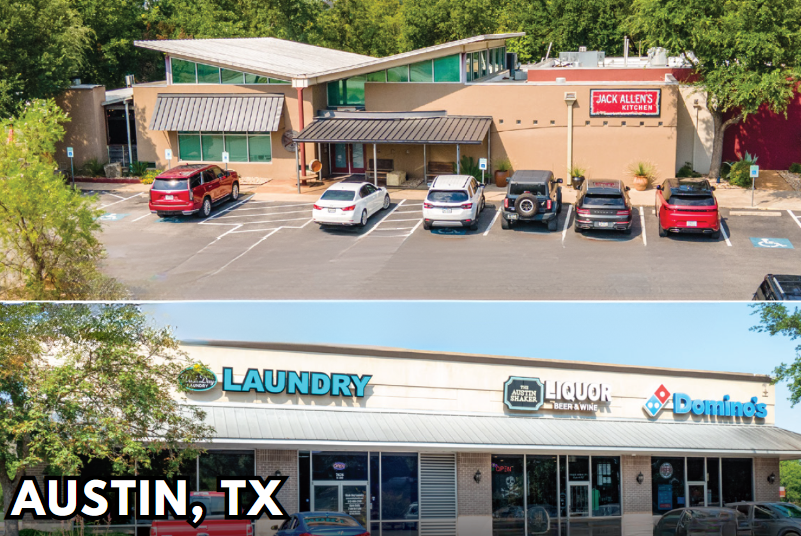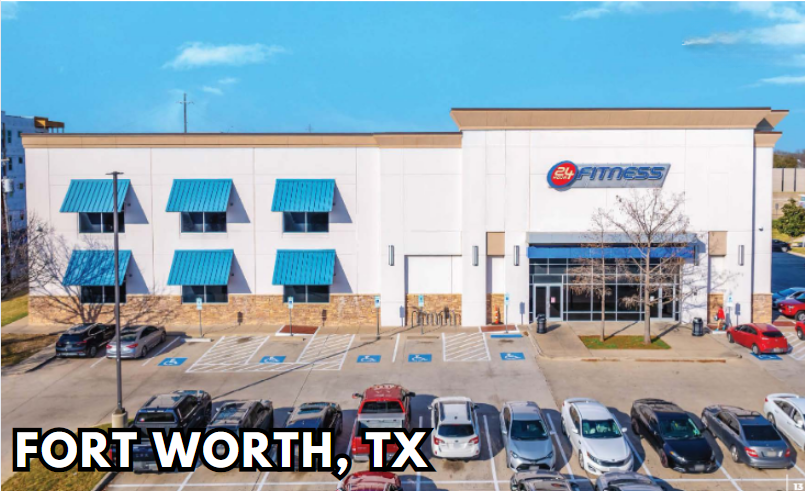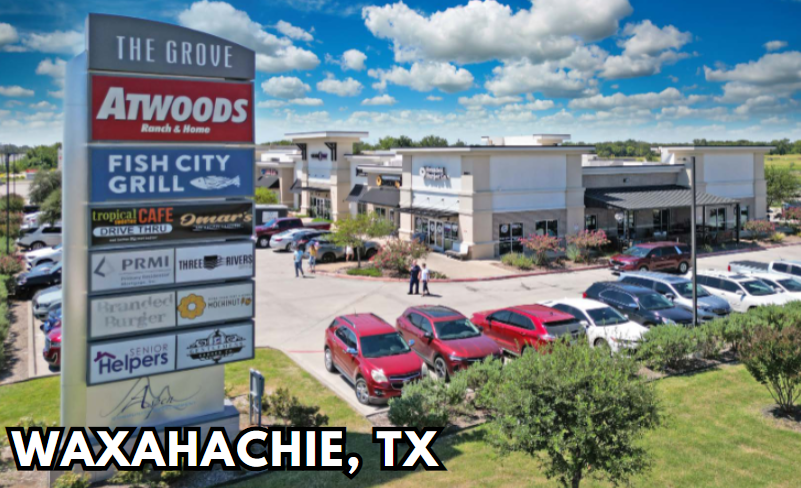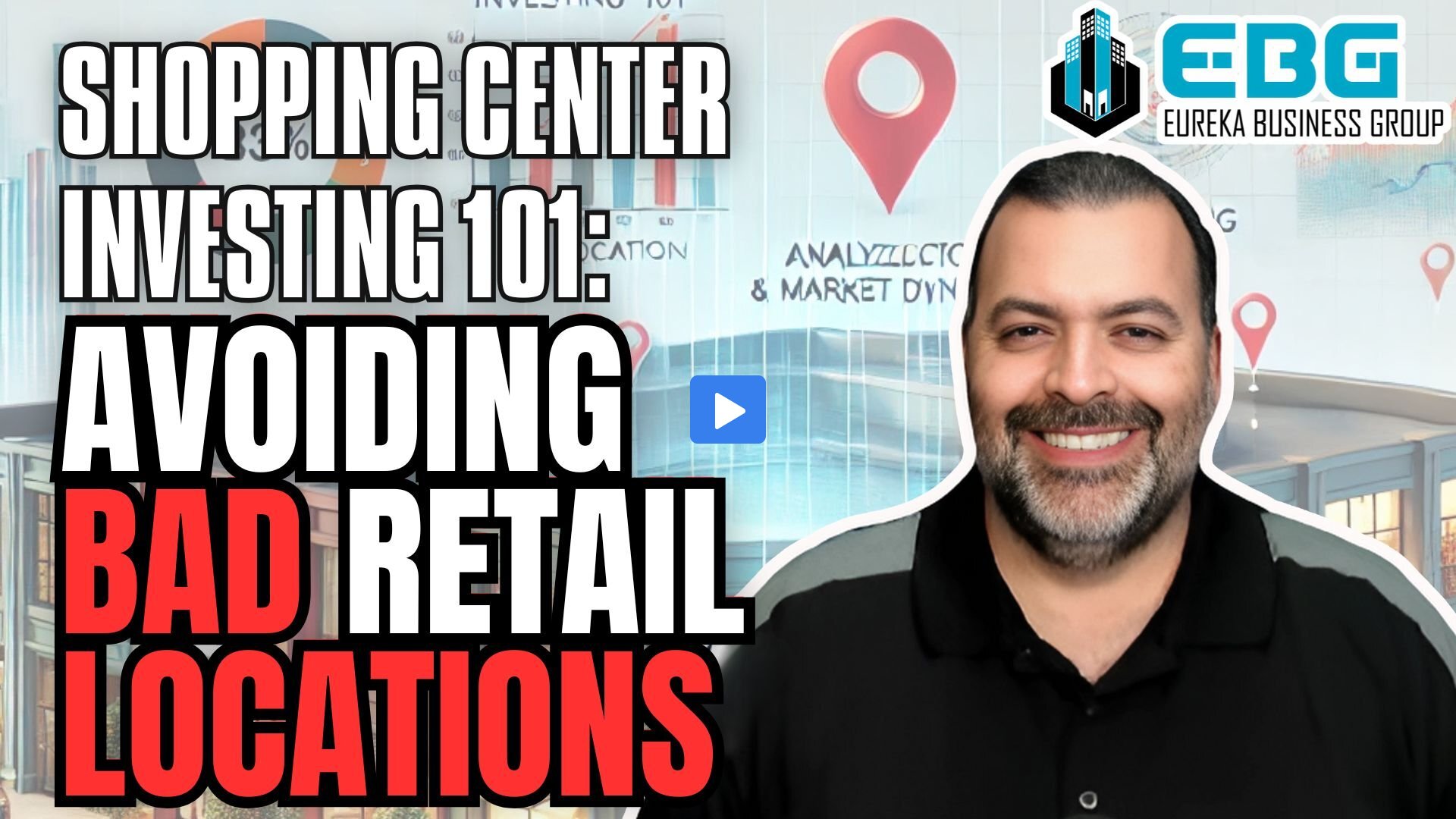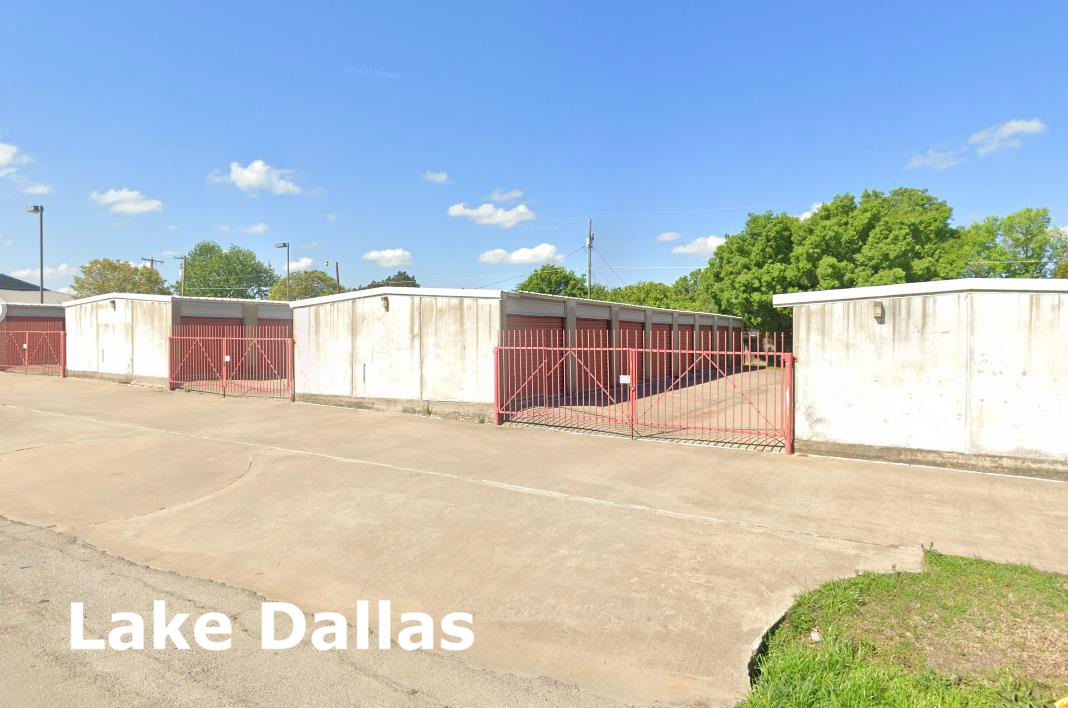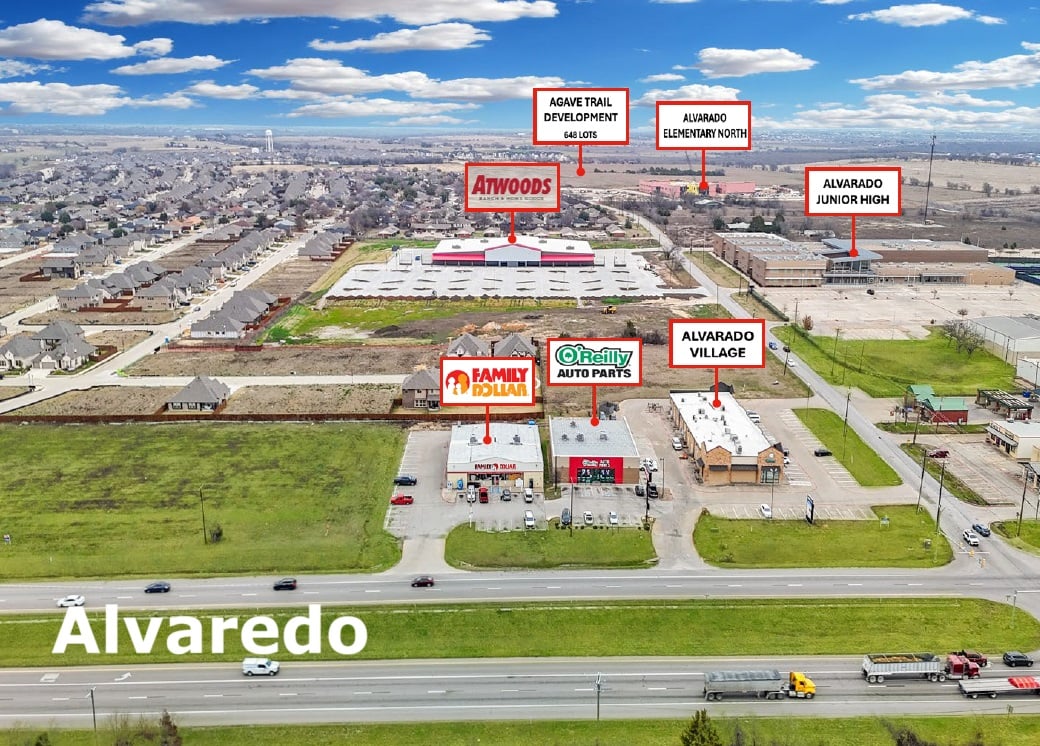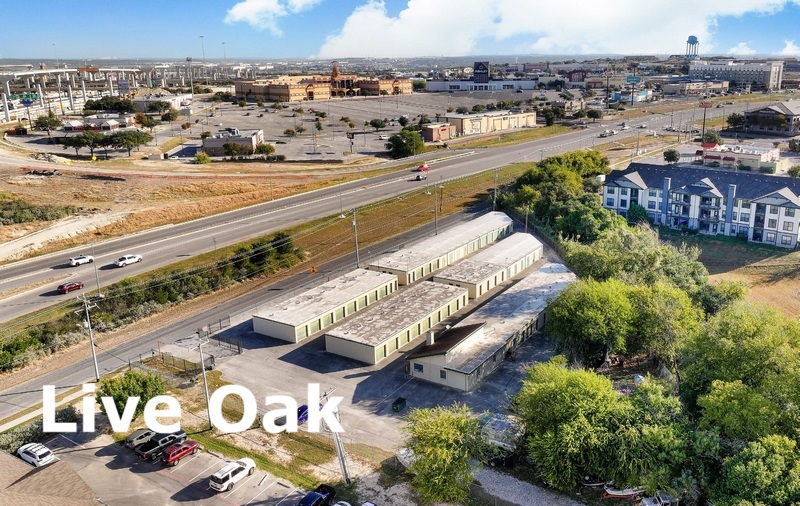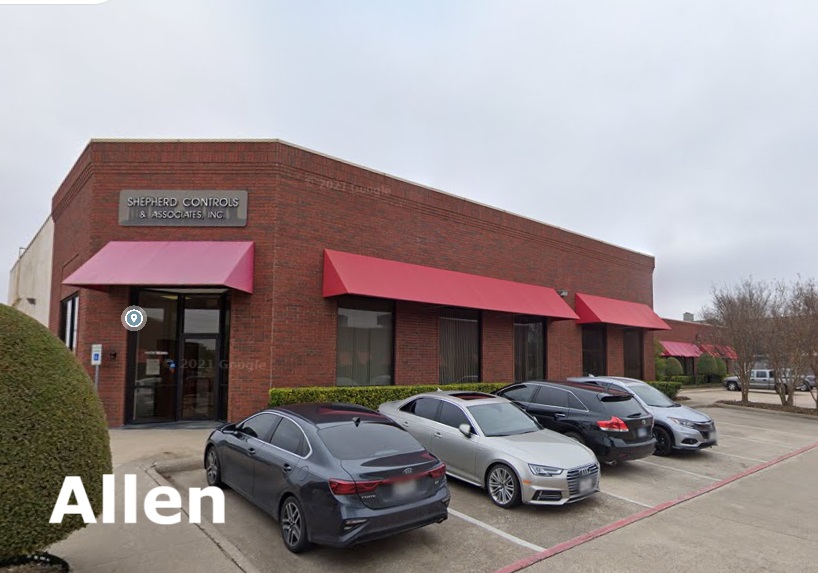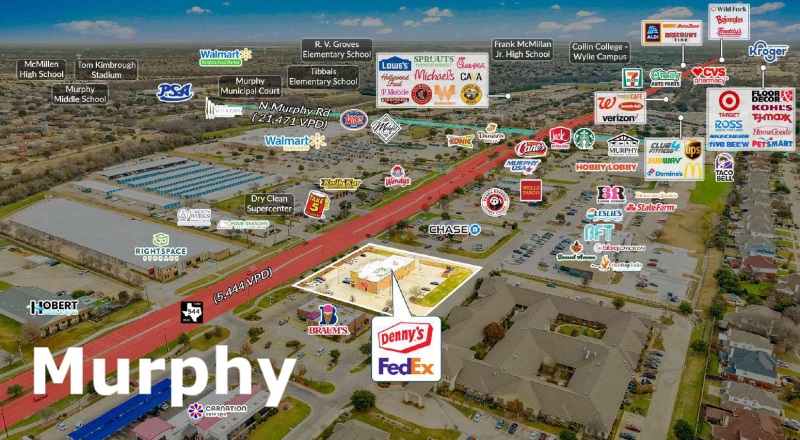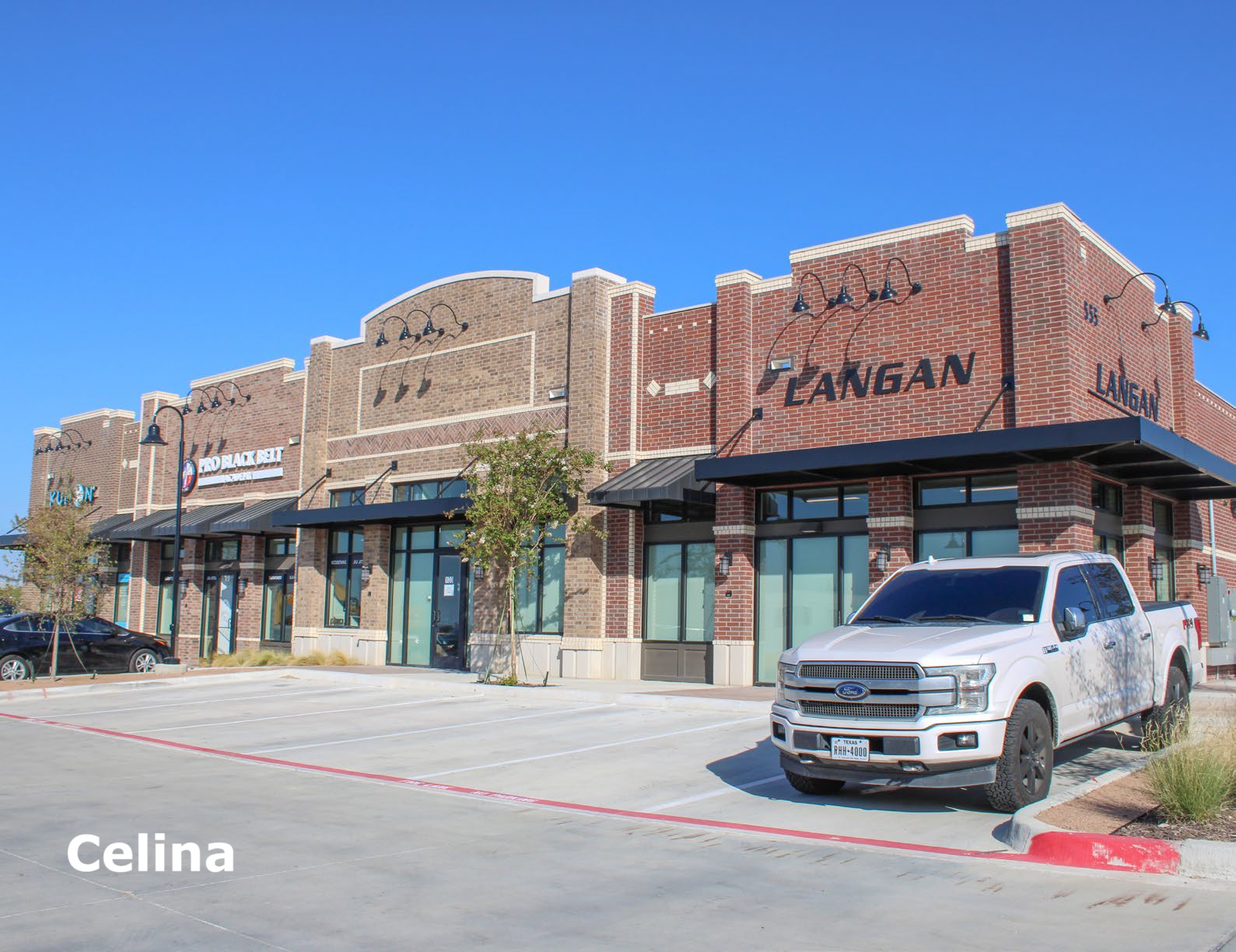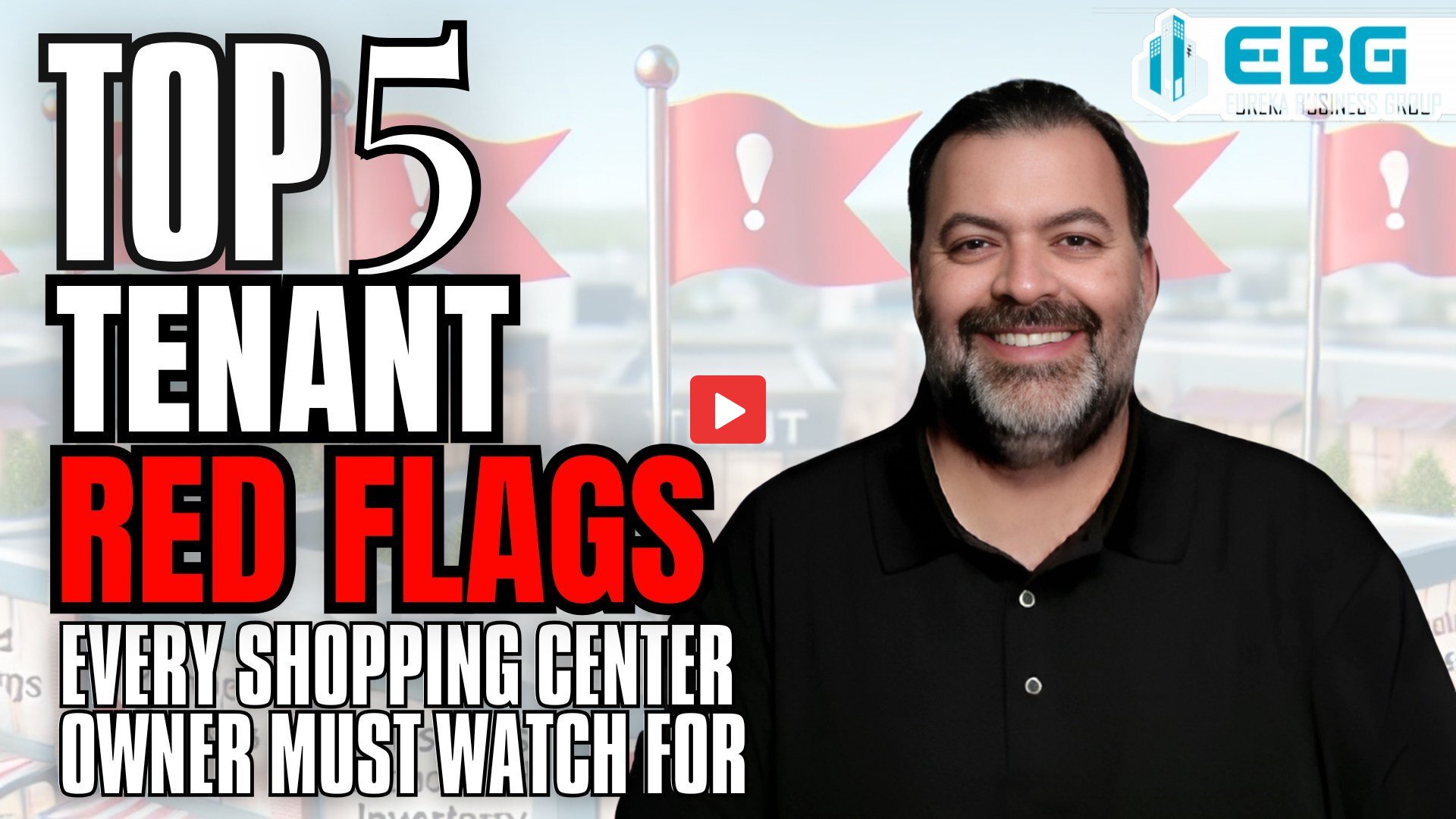Commercial Real Estate News – Week of February 21, 2025
Click below to listen:
Commercial Real Estate News – Week of February 21, 2025
Transcript:
Welcome back everyone for today’s deep dive curated by Eureka Business Group. Uh, we’re going to be focusing on the latest DFW commercial real estate news. That’s right. We’ve been sifting through tons of reports and articles to bring you the most impactful trends and developments. Exactly. So if you’re interested in staying ahead of the curve in this market, this is the place to be.
Absolutely. Let’s jump right in and see what’s making waves. Okay. So first up, let’s talk about the data center boom that’s happening right here in Texas. Yeah, this is a big one. Data center space in Austin is expected to grow like a crazy amount. 80 percent in 2025 alone. Wow, that’s massive. And guess what?
Dallas Fort Worth already has the most data center square footage in the entire state. It’s quickly becoming a major hub for this industry, and for good reason too. So tell me, what are some of the key players driving this growth? Well, you’ve got companies like Skybox, Sabi Prologis, and Digital Bridge.
They’re all developing huge, multi million square foot projects. And where are these projects mainly concentrated? Mostly in areas like Round Rock, Pflugerville, and Hutto. Interesting. And what’s the big draw for these companies to come to this area? Well, a couple things. The availability of land that’s suitable for these massive data centers is a huge plus.
Makes sense. And then there are the competitive utility costs, which is a big factor when you think about the amount of power these facilities need. Right, because these data centers are running 24 7. Exactly. And they’re being built with 100 percent occupancy in mind too. Oh, wow. So unlike a traditional warehouse where you might have some vacancy.
Yeah, this shows just how strong the demand is in this sector. It’s pretty incredible to think about the scale of these projects, too. Like, you mentioned one project in Hutto alone could power 200, 000 homes. It really puts it into perspective, doesn’t it? It does. And with institutions like UT partnering with these developers, it seems like this trend is here to stay.
Oh, absolutely. This is not a short term blip on the radar. So for savvy investors, this sounds like a major opportunity. I’d say so. It’s definitely a sector to keep an eye on. Now let’s switch gears a bit and talk about retail. Okay, so is the traditional mall dead? That’s the big question, isn’t it? I don’t think it’s dead, but it’s definitely evolving.
Yeah, I agree. Simon Property Group, the biggest mall owner in the U. S., is actually taking a really interesting approach to revitalizing their malls. So what are they doing differently? Well, instead of just relying on traditional retail stores, they’re bringing in a whole new kind of tenant. Like who? Well, for example, they’re attracting health care facilities, hotels and even apartments to create these mixed use spaces.
So they’re basically transforming these malls into more like community hubs. Exactly. And they’re seeing some real. success with this strategy. For instance, Stony Brook Medicine just opened a huge 170, 000 square foot location in one of Simon’s malls in New York. Wow, that’s impressive. So they’re not just talking the talk, they’re actually walking the walk.
Right. And the best part is they’re not just doing this in other states. They’re actually implementing similar plans right here in DFW. Oh, really? That’s great to hear. Yeah, like they’re adding office space to the shops at Clearfork in Fort Worth. Okay, so they’re really diversifying their offerings.
Exactly. And it’s not just Simon Property Group doing this either. We’re seeing this trend of mixed use development popping up all over DFW. It makes sense. I mean, think about it. People want convenience and a sense of community. They want to be able to live, work, and play all in one place. Absolutely. And developers are responding to that demand.
But hold on, not everyone’s taking the same approach, right? You’re right. Walmart, for example, is doing things a bit differently. Yeah, how so? Well, they’re actually buying up struggling malls and completely redeveloping them. So instead of just trying to fill the existing space, they’re starting from scratch.
Pretty much. They recently bought Monroeville Mall near Pittsburgh, which had been struggling for years, and they plan to completely revitalize the whole area. That’s a bold move. It shows just how much confidence they have in the potential of these properties. Yeah, and it’ll be interesting to see how this approach plays out compared to the mixed use strategy.
Definitely. It’s like two different philosophies of how to adapt to the changing retail landscape. Exactly. And ultimately, it’ll be the consumer who decides which approach wins out. Now let’s zoom in on some other notable retail news, specifically in the DFW area. Okay, so first up, McDonald’s, they’re actually doubling down on their beverage focused concept called Cosmix.
Cosmix? I haven’t heard of that. Yeah, it’s a relatively new concept for them. They’re opening a new location in Allen. Interesting. So they’re focusing on the specialized format instead of just opening more traditional McDonald’s. It seems like it, they’ve actually closed a few underperforming McDonald’s stores in Dallas.
So it seems like they’re shifting their strategy a bit. It makes sense to adapt to the market and what consumers want. Absolutely. And speaking of adapting, we’re seeing some shifts in consumer spending that are impacting other retailers. Oh yeah, like what? Well, fabric and craft retailer Joanne is closing over half of its stores nationwide.
Wow, that’s a big deal. That says a lot about how people are spending their money these days. Yeah, it’s a sign of the times for sure. And another interesting development is happening in the restaurant industry. What’s going on there? Well, TGI Fridays is selling most of its remaining corporate owned locations to franchisees.
Including some in Dallas. Yes, including some in Dallas. So they’re moving away from the corporate ownership model. It seems that way. It’s actually a trend we’re seeing across the restaurant industry. Companies are shifting towards franchise models to expand and reduce their operational burden. It’s interesting to see how these different sectors are adapting to the changing market conditions.
Yeah, there’s definitely a lot of movement and innovation happening. Now let’s talk about what all of this means for investors. Okay, so one statistic that really jumps out at us is the vacancy rate for small industrial spaces. You mean spaces under 100, 000 square feet. Exactly. It’s incredibly low right now, sitting at just 3.
9 percent as of Q4 2024. Wow, that’s tight. So if you’re looking for a small warehouse in DFW, you’re going to have to be pretty competitive. Absolutely. There’s a lot of demand and not a lot of supply, which creates both challenges and opportunities. Right. It’s a seller’s market for sure. Yeah. But this low vacancy rate also indicates that this sector is performing really well.
Exactly. It’s a sign of a healthy and growing market. And of course, we can’t talk about investing without mentioning tax policy. Right, because tax policy can have a huge impact on investment strategies. Exactly. There are some potential changes coming down the pipeline that investors need to be aware of, like changes to the corporate tax rate and possible revisions to bonus depreciation and interest deductions.
It’s a lot to keep track of, for sure. Which is why it’s so important to have a trusted advisor who understands the nuances of the market and can guide you through these changes. Absolutely. Someone who can help you make informed decisions and maximize your returns. Now let’s step back and look at the bigger picture.
What’s driving all of this growth and activity in DFW? Well, it all comes down to the fact that DFW is a magnet for both residents and businesses. We’re seeing a lot of people moving here from other states. Right. In the past three years alone, DFW has gained almost 400, 000 new residents. That’s incredible.
And that population growth is fueling demand across all sectors of the real estate market. Exactly. From industrial space to housing to retail, it’s all interconnected. And DFW also has a lot to offer businesses. A diverse economy, a strong job market, and a pro business environment. It’s a recipe for success.
And we’re seeing proof of that with companies like Yum Brands relocating corporate employees to Plano. Yeah, they moved 190 employees from Louisville to Plano, which shows just how attractive DFW is to major corporations. It’s a testament to the strength of the region and its potential for growth.
Absolutely. DFW is a market that’s worth paying attention to. So whether you’re a seasoned investor or just starting out, there’s definitely something here for everyone. And the key is to stay informed and be prepared to adapt to the ever changing market conditions. That’s where a company like Eureka Business Group can really help.
Exactly. We have the expertise and the resources to guide you through the complexities of the DFW market and help you achieve your investment goals. But before we continue with retail trends in DFW, let’s take a quick break. Welcome back, everybody. Let’s dive a little deeper into this DFW retail market.
Yeah, it’s definitely an area we’re seeing a lot of interesting activity. Right, and it’s actually our specialty here at Eureka Business Group. Yeah, so we’re really excited to share some of our insights. Okay, so we were just talking about Simon Property Group and their innovative approach to revitalizing their malls, right?
They’re really shaking things up. They’re not just focused on those traditional retail tenants anymore. They’re bringing in a whole mix of offerings like health care facilities, entertainment venues, even residential spaces. Yeah, it’s all about creating these dynamic. Mixed use environments. Exactly right.
It’s about catering to a wider range of needs and preferences, so instead of just going to the mall to shop, you might also go there to see a doctor or catch a movie, or even live there. Right? It’s about creating a destination that offers a more well-rounded experience. And it makes sense when you think about the challenges faced by traditional department stores.
Yeah. As those anchor tenants, downsize or close malls need to find creative ways to fill those spaces. And Simon Property Group is being proactive about it. They’re not just waiting for things to happen, they’re actively seeking out alternative tenants and uses. And this shift towards mixed use development, it’s not just happening in malls either.
We’re seeing it all over DFW in retail properties of all shapes and sizes. It’s becoming a key trend in the market. It’s a reflection of how consumers are changing and how retail is evolving. Absolutely. Now, another interesting development in the retail sector is the rise of these digitally native brands.
You mean brands that started online and are now opening physical stores? Exactly. Like Warby Parker, Glossier, even Amazon. They’re all establishing a physical presence to complement their online operations. It’s an interesting strategy because it allows them to connect with customers in a more tangible way.
Right. It’s about creating a seamless omni channel experience. And for investors, this presents an opportunity because these digitally native brands are often looking for prime locations in high traffic areas. They want their physical stores to reflect the quality and aesthetic of their online brand.
Which can drive up property values and attract other desirable tenants. It’s a win win for both the brand and the property owner. Okay, so we’ve talked about retail. Let’s shift gears a bit and talk about the office market. Okay, so the office sector has definitely impacted by the rise of remote work.
Yeah, a lot of people are working from home these days. But that doesn’t mean the office is dead, right? It’s just evolving. Exactly. We’re seeing a flight to quality in the office market. Companies are looking for spaces that offer more than just a place to work. They want amenities, Collaborative spaces, a focus on employee well being.
Think fitness centers, rooftop gardens, on site cafes. It’s about creating an experience that draws employees back to the office. And this focus on quality. It’s creating opportunities for investors who are willing to upgrade their properties and cater to the evolving needs of modern businesses.
Absolutely. Now let’s talk about the industrial market, which is a sector that continues to thrive in DFW. Yeah, we’ve seen incredible growth in this sector. It’s being fueled by a number of factors like e commerce expansion, the need for efficient logistics and distribution networks and DFW’s strategic location.
Right. With its central location and excellent transportation infrastructure, DFW is a major hub for warehousing and distribution. And as e commerce continues to grow, the demand for warehouse space is only going to increase. Which means there’s a lot of potential for investors in this sector. But of course there are challenges too, like the low vacancy rate for industrial spaces.
Especially for those smaller spaces under 100, 000 square feet. Right. The competition for those spaces can be fierce. Which is why it’s so important to work with a knowledgeable broker. Who can help you navigate the market and find the right opportunities. Absolutely. Now let’s touch on a topic that’s always on the minds of investors, tax policy.
Ah, yes. The dreaded tax man. Well, it’s something we all have to deal with, and tax policy can have a big impact on real estate investment strategies. There are some potential changes coming up that investors need to be aware of. Like changes to the corporate tax rate and possible revisions. to bonus depreciation and interest deductions.
You could be a lot to keep track of. But it’s important to stay informed so you can make the best decisions for your investments. Now let’s shift back to the bigger picture for a moment. What makes DFW such an attractive market overall? Well, it’s more than just the real estate market itself. It’s the quality of life, the diverse economy, the pro business environment.
It’s a place where people want to live and work. And that’s a key factor to consider when evaluating any investment opportunity. Right. Because a strong and growing economy is going to support a healthy real estate market. And we’ve seen this in action with companies like Yum Brands. Yeah, they moved their corporate offices from Louisville to Plano, which shows just how much confidence they have in the region.
It’s a testament to the strength and potential of the DFW market. So as we’ve seen, there’s a lot happening in the DFW commercial real estate market. It’s a dynamic and exciting time to be an investor. So as we wrap up our deep dive into the DFW commercial real estate market, you know, it’s important to emphasize that.
Yeah, what’s that? Well, it’s the importance of seeking expert guidance when navigating this landscape. Yeah, it’s definitely a complex market with a lot of moving parts. Especially in a market as dynamic and as diverse as DFW. Having a trusted partner can make all the difference. Right, and at Eureka Business Group, that’s what we pride ourselves on, being that trusted partner for our clients.
Yeah, we specialize in the retail sector. And have a deep understanding of all the trends and challenges and opportunities. We’re constantly analyzing data and monitoring developments to give our clients the most relevant and insightful information. So whether you’re looking to acquire a property, or reposition an existing asset, or just stay informed about the market.
We’re here to guide you every step of the way. Because at the end of the day, knowledge is power. And we’re committed to empowering our clients with the knowledge they need to make smart decisions. So as you consider your next move in the DFW commercial real estate market, remember that Eureka Business Group is here to support you.
We’re passionate about helping our clients succeed. And we’re confident that our expertise can help you reach your real estate goals. Thanks for joining us on this deep dive into the DFW commercial real estate market. We hope you found it informative and maybe even a little bit entertaining. And if you have any questions about the retail market in DFW, or anything else real estate related, please don’t hesitate to reach out to us at Eureka Business Group.
We’re always happy to help. Until next time, happy investing everyone.
** News Sources: CoStar Group







